WeThePeople:viaGuampdn.com
Ancient Chamorros were entrepreneurs
2:00 PM, Oct. 1, 2011 |
Anthony Sanchez
The ancient Chamorros weren’t opposed to trade, but actively participated and prompted it. They were businessmen who bartered and traded with each other, with Spanish galleons and other islands.
The Spanish documented trade with the Chamorros from Magellan’s first encounter. It seems Chamorros were acquainted with iron and valued it immensely, raising speculation the Spanish did not introduce iron to the Chamorro. Dandan was the area where early Spanish priests once mined a limited amount of iron.
The following account is quoted from Ayer Manuscript, 1409, of the Boxer Codex. Translated by Marjorie Driver, it documents trade between a Spanish galleon around 1590. The trading described occurred some 40 miles out in open sea. The galleon was only passing through the Marianas, having enough provisions.
“When a large ship is sighted, so many of these vessels (referring to proas) appear that they seem to blanket the sea. The sea tosses them about and the islanders board the ship to fetch iron, which is like gold to them, because they value it more (than gold) and use it in all their farm work and in preparing clearings for their garden plots.
“They bring with them some very good fresh water. (Also) many coconuts, fish that they catch on hooks, (and) rice prepared in their special way and wrapped in leaves. They toss these things aboard the ship in exchange for iron. They also bring fruit, including bananas, as well as others that we did not recognize.
“When they have reached within approximately a stone’s throw, they stand up and shout ‘Arrepeque, arrepeque,’ which some people say means ‘friends, friends.’ others, (that it means) ‘Take away the arcabuz’ (a firearm). Be it one or the other, they shout and say ‘arrepeque.’ In their hands they carry large calabashes filled with water, coconuts, or fish. In effect, each brings samples of whatever he has.
“As soon as they approach (the ship), they tack to the windward with remarkable nimbleness and speed. When they spot a piece of iron, they draw near and barter everything they have for it. In order to (be able to trade better, they tie-up to a rope (dangling) from the stern of the ship. From there and all parts of the ship, a profusion of old nails and broken cask hoops is thrown down to them.
“All this is amazing to see, because when they catch a rope with iron tied to it, they cut it with their teeth as if it were a radish. Then in response to signs made to them, they re-attach coconuts or whatever else has been requested.
“For people so greedy for iron they do something very strange, which is that they will not exchange more for a large piece than for a small one. This trait was confirmed here.
“If a piece (of iron) is thrown into the water for them, they are such expert divers and swimmers that before it sinks very far, they dive after it and return to the boat. One (islander) did just that; when it was thrown to him to him, he lowered his sail and dropped it in the water. Then he jumped in, caught the piece of iron, and clambered back into the boat. He lifted the wet sail from the water — and it was large and one would have expected it to take three or four men to pull it out — (yet) he, very easily, lifted it out and put it up all by himself. Then, without bartering for more iron, he went back there.
“We wanted to find out if they had any knowledge of the weapons we use, so I held up an unsheathed sword and pretended I wanted to throw it to them. As soon as they saw it, they yelled and shouted and although they all wanted me to throw it, each coveted it for himself. In return, by means of signs, they offered not only all their fruit, fish and water, but other things (as well). One who hoped to get it by using this (artifice), took from beneath (the usual things) many woven mats and some beautifully crafted little boxes and offered them all. Finally, they sailed off without it, but later returned twice, still wanting it and offering everything they had.”
Ancient Chamorros grew produce, fashioned fine carved and woven products, traded freely, went to great lengths to ply their trade and relied on their own ingenuity.
The Chamorro was a self-made man, who fed his family by the sweat of his brow, the skills of his craft, traversing the deep, blue sea as commander of all he caught, built and took care of. The government social systems of today would be treated with contempt or dismay.
The following excerpts are from Fray Juan Pobre in the Marianas 1602 (translated by Driver).
“While they are very young, they make their sons and daughters work and teach them to perform their tasks. Consequently, the very young know how to perform their tasks like parents because they have been taught with great love. So great is their love for their children that it would take a long time to describe it and sing its praises. They never spank them and they even scold them with loving words. … With such great love do these barbarians raise their children that they in turn, grow up to be obedient and expert in their occupations and skills.”
Ancient Chamorro taught their children skills from an unbelievably young age. Fray Pobre depicts their version of schooling.
“At the age of four or five, they teach their sons to go out to sea in little boats that they build for them, and which have their own outriggers that are identical to those on their father’s larger boats. By the age of fourteen, they have become so skilled at using them, that the sons know as much as their fathers; by the time they are sixteen or eighteen, the sons put out to sea to fish alone, as I have seen them do. Alone in his funei (proa), he sets the sails, bails the boat, and fishes with hook and net; if it capsizes, he rights it, so great is their strength.”
Respect ruled the Chamorro society from birth to death, regardless of age. While they learned individualism, the people as a whole never lost their sense of duty, dignity and respect — contributing to society while lifting those burdened by it. Nai y animu means to encourage with your spirit.
Ancient Chamorros would be today’s everyday heroes — the waitress serving you coffees, the cashier saying have a good day, the mechanic fixing your car, the farmer and fisherman selling their goods — doing the mundane with the respect it deserves and creates. Many Chamorro families have become local, regional and global leaders in banking, insurance, property, medical and legal services, hospitality, retail, wholesale and more. It’s an entrepreneurial spirit from our ancient past reaching for a future we must nurture and expand.
Sadly, some industries have been closed to Guam. Yet in the ones that prevail, Guam has become world class. God bless Guahan. God bless America.
Anthony P. Sanchez (Fongu) is the editor for Guahan/Guam A History of Guam.



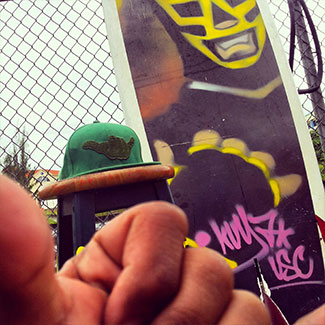
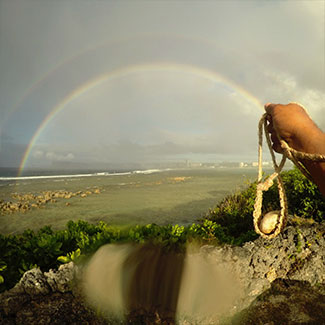
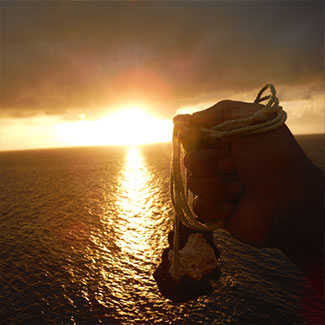
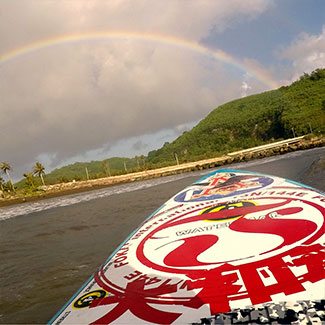
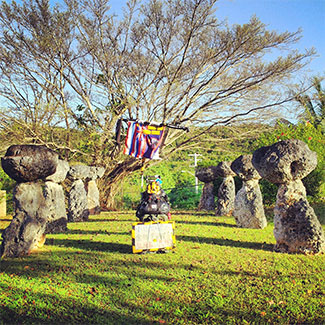
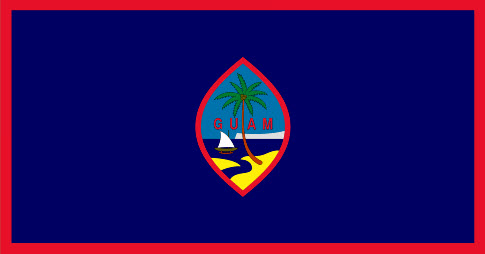
Frank Camacho on Fri, 7th Oct 2011 4:18 pm
Biba Marianas